5. City of Women (Federico Fellini, Italy, 1980)
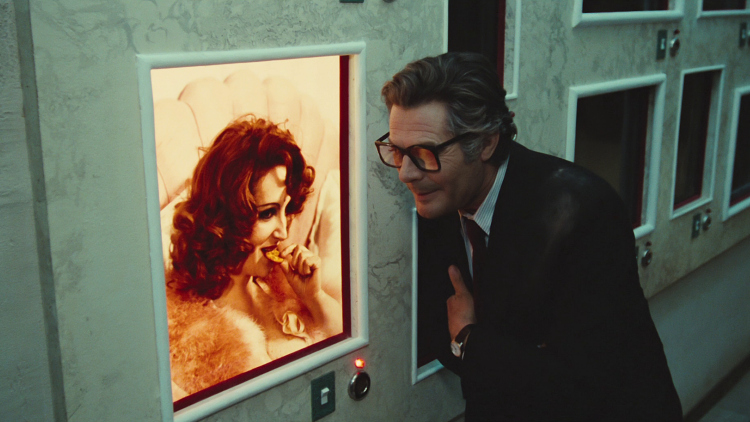
A film about femaleness rather than feminism, Federico Fellini’s first film of the 1980’s is a delightful and dreamy journey of a man’s relationship with the female enigma. Fellini said of La Citta Delle Donne: “Watch the film just as it is, a film which on the one hand is the sum of all my films and also a tribute to the cinema seen as the image of a woman, as sexual initiation, as a dream image, undefinable…” The film is exactly that, and it is a magical and dreamy experience, one that perfectly captures the director’s fear and fascination of the female mystery.
Fellini’s on-screen surrogate Snaporaz (Marcello Mastroianni) is compelled to leave the train he is on and follow an alluring woman through the forest next to the tracks. After losing her, he strays into a remote hotel which is holding a rampant and exciting convention on feminism. Herein begins the characters confrontation with men’s understanding of women – in particular – his own idea of women.
This triggers an exhilarating journey as Snaporaz is swept through a series of incredible set-pieces. It is a terrific film in its own right, but is also so much more than that; it provides a new lens through which to view the filmmakers prestigious oeuvre, and feels deeply personal while providing audiences a vessel through which to travel through this artistic landscape.
The film divided critics when it was released, with some labelling it tedious and damning it for not being progressive enough in its study of feminism, while others praised it as an inventive work of genius.
Today, it is undoubtedly treated more fairly, and is regarded by many admirers of the Italian auteur as an exhilarating portal into his imagination and consciousness. Yet, it is still degraded by some who label it as a rare misfire, and as a less sophisticated retread of his earlier and more superior work. When discussing the film, people often tend to have wildly conflicting views on the film’s morality, design, and particularly, the protagonist.
It’s a beautifully photographed piece of work, and there are sequences which actually stand out as being among the best the director has ever brought to the screen; notably, the stroll through Katzone’s mausoleum of past sexual endeavours.
The journey Fellini is able to take us on is nothing short of remarkable, and when one thinks it will conclude pessimistically as the light is swallowed by the tunnel, the director offers us a small glimpse of the familiar world in the distance – the possibility of rebirth.
4. Eyes Wide Shut (Stanley Kubrick, 1999)
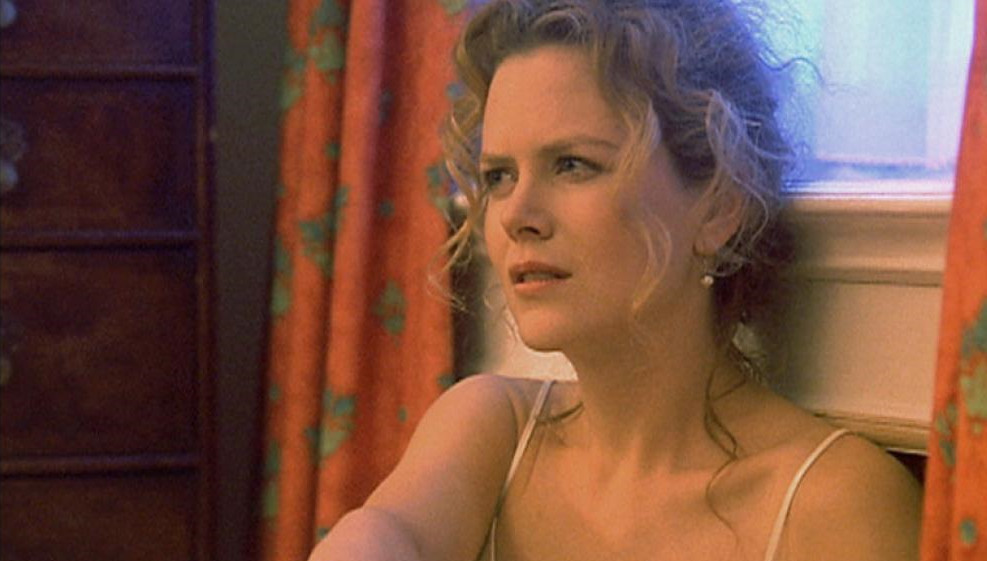
Kubrick’s final masterpiece, Kubrick’s fall from grace, emotionless, empty of ideas, the great director’s very best work; Eyes Wide Shut is accused of being them all, and amazingly, is still being debated almost twenty years after its initial release.
The marriage of William (Tom Cruise) and Alice (Nicole Kidman) Harford is threatened when sexual fantasies begin to reveal themselves. Shocked at his wife’s unexpected reveal, Bill navigates a nocturnal New York City in search of closure, and is instead left fearing for his life after a close encounter with a secret sex cult. On the surface, Kubrick’s cinematic swansong may appear his most thematically restrained, and some consider it to be his least complex film.
Yet, this couldn’t be further from the truth. When one begins to really analyse the film with the scrutiny that one would take when approaching such work as 2001: A Space Odyssey, or A Clockwork Orange, so much is revealed. The filmmaker was a perfectionist, and his final film is so brimming with profound detail that there could easily still be things audiences are yet to discover within its interior.
The main reason that so many film fans debate its credibility is because they considered it to be an unfinished work. Although the full edit of the film was provided to Warner Bros. four days before Kubrick’s death, it is true that the director was often known for multiple script revisions. Whether he would have continued to edit the script is impossible to say.
It is also a film surrounded by rumours, of which include phone calls from Kubrick crying saying that he was unhappy with the film, and then there are other stories, which outline that he thought it was his greatest achievement to date. The conflict between film fans remains today, and it is forever fascinating to hear new and refreshing interpretations of the film, as audiences continue to declare new details they have found.
Stanley Kubrick is often regarded as the greatest filmmaker of all time, and it would be reasonable to say that Eyes Wide Shut is an important contributor to that statement; that is because he has given audiences a film that, almost two decades later, we are no closer to fully understanding. Just like the man himself, there is speculation and mythology surrounding every detail. For a true visionary, Eyes Wide Shut is where the rainbow ends.
3. The Tree of Life (Terrence Malick, 2011)
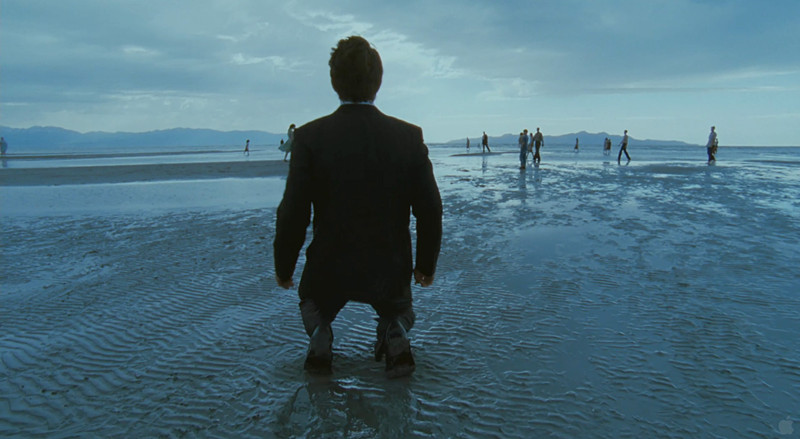
Terrence Malick’s The Tree of Life is brilliant to discuss purely for how passionate certain film fans are towards it, describing it as a life-changing and deeply personal experience. Critics were certainly more aligned to it, but audiences were much more divided, as there are many who view it as the director’s slide into hollow visual storytelling, no matter how visually appealing the shots that make up its skeletal narrative may be. Although all of Malick’s recent output may have deserved to make the cut, his 2011 allegorical Palme d’Or winner remains the most deeply detested and worshipped.
It tells the story of a nuclear family in Texas in 1956, and yet, it spans so much more than that, with creation sequences that some agree are reminiscent of the famous “Star Gate” sequence in Stanley Kubrick’s 2001: A Space odyssey. The audience witnesses new life, prehistoric evolution and grand spectacle as Malick takes us on a journey beginning with the birth of our entire universe.
The majority of the film depicts the drama of family life through the perspectives of numerous family members, and how their view of existence is sculpted by the events Malick chooses to focus on, ushering in themes of loss and compassion that are universally communicated to the audience.
While it is argued that the film is dull and pretentious – a label Malick has become synonymous with – others find a beauty in it that transcends the medium of cinema. Over the years it has become many’s favourite film of all time, and equally, has topped numerous “overrated” lists.
Malick’s loyalty towards a specific demographic with his recent films is admirable, and while his singular style has alienated many a viewer, his ability to resonate with others on such a personal level is testament to his skill as a filmmaker. No matter your view on the film, The Tree of Life is always an engaging film to discuss and deliberate with those who oppose your views, and in the wake of this, return to with curiosity.
2. The Doom Generation (Gregg Araki, 1995)
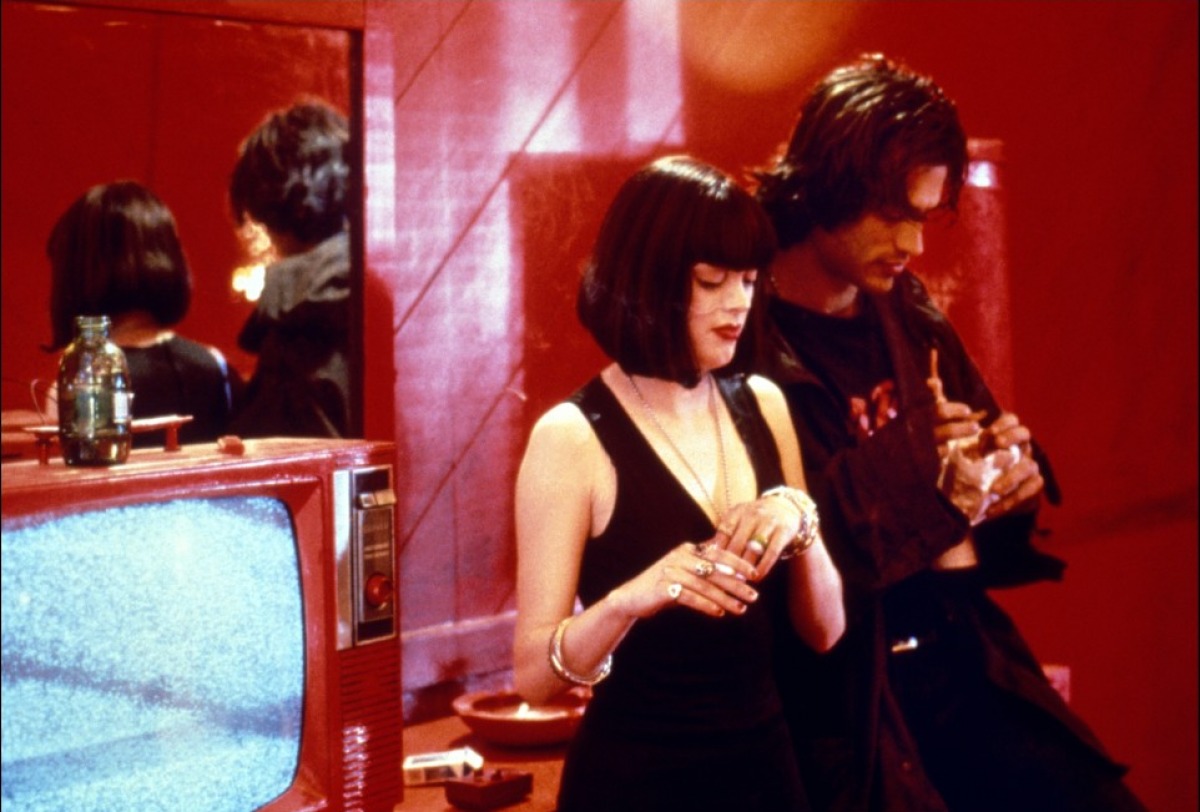
The second film in Gregg Araki’s “teen apocalypse” trilogy was famously given zero stars by famous critic Roger Ebert, along with others who disgustedly criticised 1995’s The Doom Generation. It wasn’t just critics either – audiences were similarly disaffected by the portrayal of a group of teenage killers, and yet to describe it as this is to miss the point entirely. Since its release it has garnered a devoted cult following, but sadly, remains a film which desperately demands reconsideration from film scholars.
A trio of characters symbolically named Red, White and Blue – perhaps suggesting a new national identity – drive towards an unknown destination as they encounter surreal characters that threaten their union.
It would be easy to dismiss the film for its camp performances, excessive violence and teenage sex, and many did. However, there is so much to unpack in Araki’s statement of a countercultural youth desperately trying to escape the norm and find peace in their sexual freedom.
The entire film presents the development of a menage a trois relationship, and with a shocking and terrifying conclusion, Araki finally makes it clear what they are trying to escape: a world of hollow and traditional values that allows no tolerance for sexual experimentation.
The message is bleak, and the final moments of the film show – on the surface – the forced image of a conventional, heterosexual couple driving towards a world which for the first time in the narrative appears eerily familiar.
The Doom Generation is so much more than a violent and sexual teenage road movie, it is the work of a filmmaker whose work is so unlike anything else in cinema; to call him a pioneer of the New Queer Cinema wouldn’t be enough, for he arguably remains the most underappreciated director of the movement; not because his films aren’t loved by enough, but because they deserve so much more analysis than they receive. This may just be his finest piece of work.
1. The Blair Witch Project (Eduardo Sanchez & Daniel Myrick, 1999)
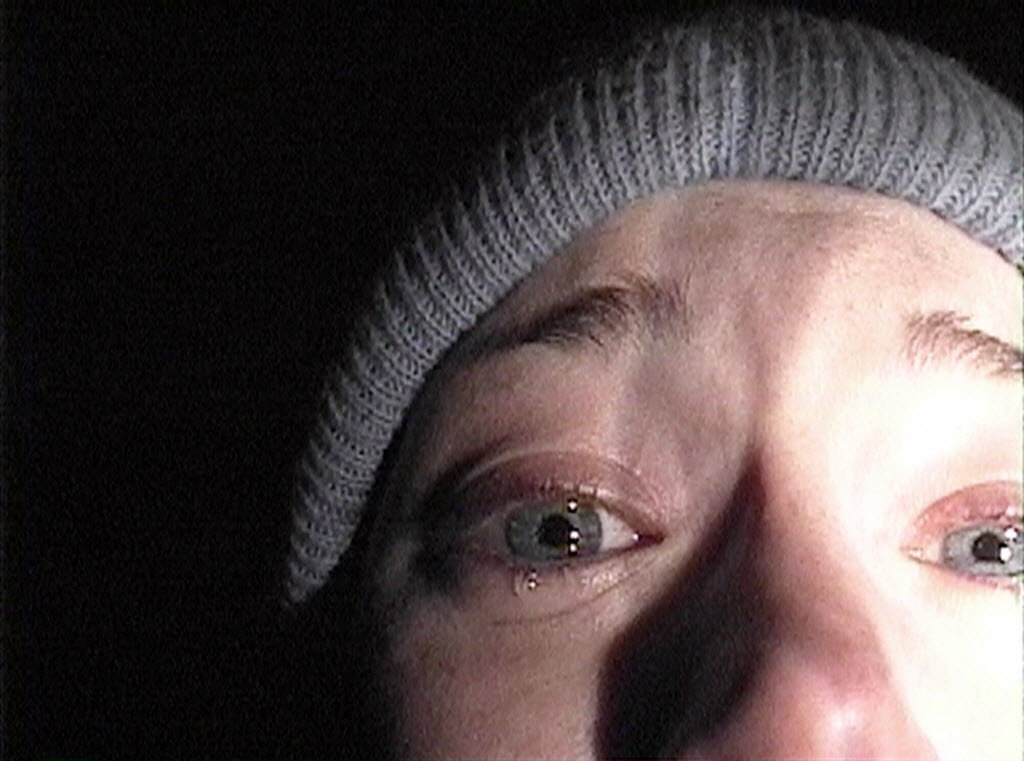
1999 witnessed the arrival of a new and unexpected benchmark in modern horror, a masterpiece of transmedia storytelling. The internet and advertising methods were manipulated in such innovate ways, with Eduardo Sanchez and Daniel Myrick crafting an entire mythology for their groundbreaking film: The Blair Witch Project. The film was to be just one piece of the jigsaw, a piece of evidence in which could be viewed as such, with an entire playground of information at their disposal to immerse themselves in.
The story, on the other hand, is of three teenagers who went missing in the woods near Burkitsville, Maryland while shooting a documentary film about a witch, taking a less-is-more approach to the horror genre. For some this worked, and the film is often regarded as one of the scariest films of all time – others simply regard it as one of the most disappointing of all time.
The most controversial aspect is certainly the ending, which left many audiences feeling cheated, and it may be fair to say that expectations had a lot to do with this. It is a film which gives the audience little – if any – answers at all. It fuels intrigue, and remains a film that despite viewers knowing every single shot, still peer into the corners of the frame, hoping to see something they may have missed.
The Blair Witch Project is to celebrate its twentieth anniversary next year, and it continues to be debated by genre fans. It has spawned sequels, merchandise, books, and remains a huge achievement for independent cinema, and there is rarely a group of films fans who feel the same way about it, making it one of the most entertaining cult films to discuss. Love it or hate it, pretty much anyone who has seen it has their own story to tell of their experience.